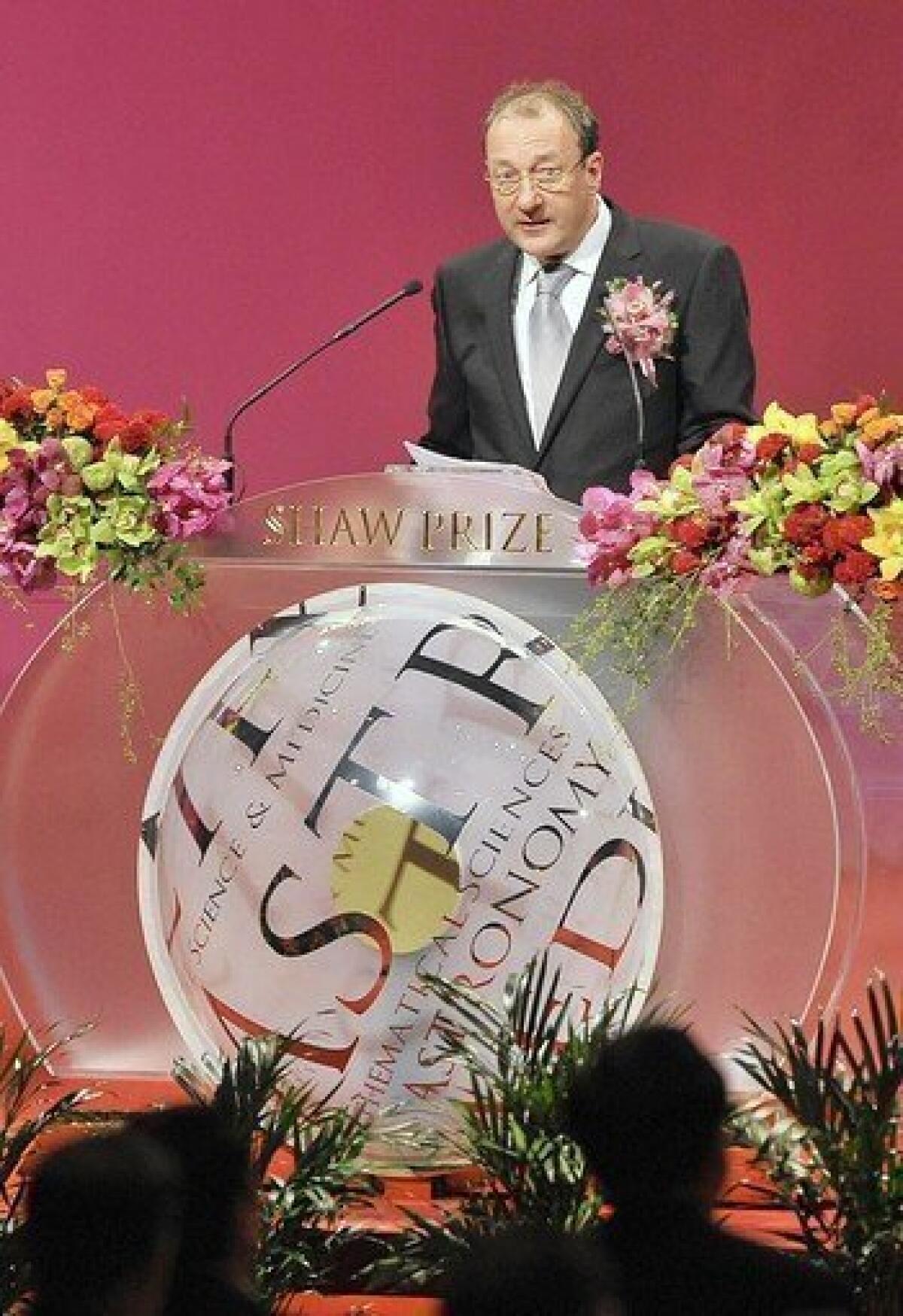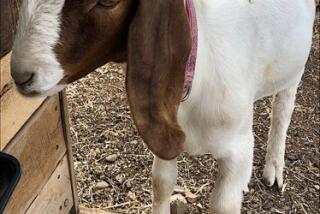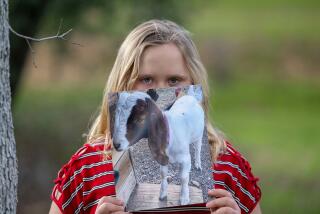Keith Campbell dies at 58; biologist helped clone Dolly the sheep

Keith H.S. Campbell, a noted biologist who was a key member of the British team that cloned Dolly the sheep, has died. He was 58.
The University of Nottingham, where Campbell worked, said he died Oct. 5 but released no other details.
In 1991, Campbell began researching animal cloning at the Roslin Institute near Edinburgh, conducting experiments that led to the 1996 birth of Dolly the sheep, the first mammal to be cloned from an adult cell.
He was credited with an important insight that made the experiment work: Campbell realized it was necessary to make sure that the donor cell and the egg were both in the same stage of development, Ian Wilmut, the scientist who led the Roslin team, told The Times in 1997.
The birth of the sheep captured the public imagination and Dolly instantly became a scientific sensation. The experiments drew admiration but also anger over the ethics of cloning.
The sheep had been named after voluptuous singer Dolly Parton. Researchers said that the sheep was created from a mammary gland cell, and that Parton’s were an excellent example.
In the Dolly experiment, the nucleus of a sheep egg was removed and placed with the nucleus of an adult mammary cell; the egg was then zapped with electricity, creating an embryo that could develop into a sheep.
The experiment showed that genetic material from a specialized adult cell could be used to create all of the different types of cells found in a sheep, Campbell told the Pittsburgh Post-Gazette in 2003, the year Dolly was euthanized after developing lung disease.
Campbell and Wilmut, the two scientists most closely involved with Dolly’s genesis, wrote a 2000 book about the accomplishment, “Second Creation,” with the help of respected British science writer Colin Tudge.
From the book’s outset, the scientists argued that Dolly’s true significance lies not in the potential implications for human reproduction but rather in improved methods for the production of cloned or transgenic animals and other advances in biotechnology.
The scientists also confessed that they didn’t understand why Dolly was more famous than their earlier breakthrough — the 1995 birth of Megan and Morag, two sheep cloned in 1995 from embryo cells grown in a culture. That achievement led to the birth of Dolly.
“For me, Megan and Morag are the stars,” Campbell wrote, and attributed the oversight to lack of interest by the mainstream media.
A native of England, Campbell had been interested in cellular growth since studying microbiology at the University of London, where he received a bachelor’s degree. He earned a doctorate from the University of Sussex.
After the birth of Dolly, Campbell oversaw the successful cloning of other animals such as pigs and lambs.
In 1999, he joined the University of Nottingham as a professor of animal development, where he continued research into cloning. He was particularly interested in assisted reproduction in both animals and humans, and studied ways to develop reproductive technologies in farm animals to enhance breeding and maintain food security.
Campbell is survived by his wife, Kathy, two daughters, Claire and Lauren.
More to Read
Start your day right
Sign up for Essential California for the L.A. Times biggest news, features and recommendations in your inbox six days a week.
You may occasionally receive promotional content from the Los Angeles Times.






